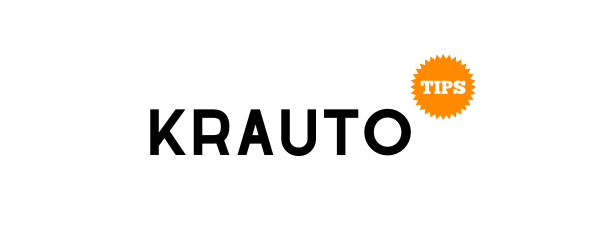If you are wondering what should you learn after HTML and CSS, you have landed on the right page! HTML and CSS skills are the basic and the most important skills for front-end developers!
A front-end developer is a person who makes web applications that users can see. For instance, when you visit a website, you can notice articles, pictures, sections, colors, animations, etc. All these things are made by a front-end developer.
On the other hand, a back-end developer is a person who works on components that users can’t see, such as databases and servers. For example, they use the most popular MySQL commands to manipulate data in a database.
When it comes to web development, their job is to implement a certain webpage functionality. That can be a web form, shopping cart, profile registration function, etc.
If you would like to create websites and components that are visible to users, you should learn front-end development. By using HTML and CSS, you can make a basic website structure and add style to it. Tags and classes allow you to shape your website according to your wishes.
However, with this level of knowledge, you can only create static web pages. A static website doesn’t have any functionality, such as a search option or profile creation option. If you visit any modern website, you will notice these functionalities plus interesting animations and additional features. So if you want to create full modern websites, you need more skills.
In this article, we will indicate what skills you need to acquire after learning HTML and CSS:
Bootstrap Framework
Make your website responsive! What does it mean? A responsive web design makes your website compatible with a wide range of devices such as tablets, phones, laptops, etc.
When users open your website on their devices, it should be adjusted to their needs. That further means that every part of the site needs to be visible and readable. Nothing should be too small, too large, or hidden! Each section, picture, or text should be responsive.
To create a responsive website you can use HTML and CSS. You have probably heard for the <meta> tag. By using this tag, you can adjust your website to every resolution. That would literally mean you have to make several versions of your site. One version for mobile phones, another version for tablets, etc. It is such a waste of time.
Luckily, we have Bootstrap! Bootstrap is a CSS framework for building responsive websites. It is very easy to learn. If you want to make some elements of your website responsive, you only need to remember the right name of a Bootstrap class.
For instance, you can get a nice responsive green button in just a few clicks! You need to write the HTML button tag and within the tag declare a class with the value “btn btn-success” and you have a nice green button!

JavaScript Language
In addition to HTML and CSS, you can write code that can be executed in the browser. This code is JavaScript. JavaScript is a scripting language you use to make web pages more interactive. In other words, you add a behavior to our website.
As we said earlier if you don’t want to make static websites, get ready to master JavaScript! With JavaScript, you can make web applications, mobile applications, games, etc. When it comes to web development, you can make a calculator, quiz, page animations, and much more! The language provides a lot of possibilities!
JavaScript code can be written in your favorite text editor. It is usually used within the <script> tag in HTML page. The second option is to write the code directly in the console of your browser. If you are using Chrome, press F12 on your keyboard and the console will appear. Here you can see how JavaScript works.
JavaScript is a crucial language in web development. Therefore, take some time to learn this language.
Choose a Front-end Framework
After HTML, CSS, and JavaScript, it would be recommended to choose a front-end framework. If you want to make the process of making dynamic websites easier, try a framework. The process of developing websites will have a more specific approach. So once you learn the syntax, you can always use it.
The most popular front-end frameworks are Angular, Vue, and React. It is up to you to choose which framework to learn. Whatever framework you choose, you will write less repetitive code (boilerplate code) and more efficient code. Most importantly, you will have more time to make your application better!








